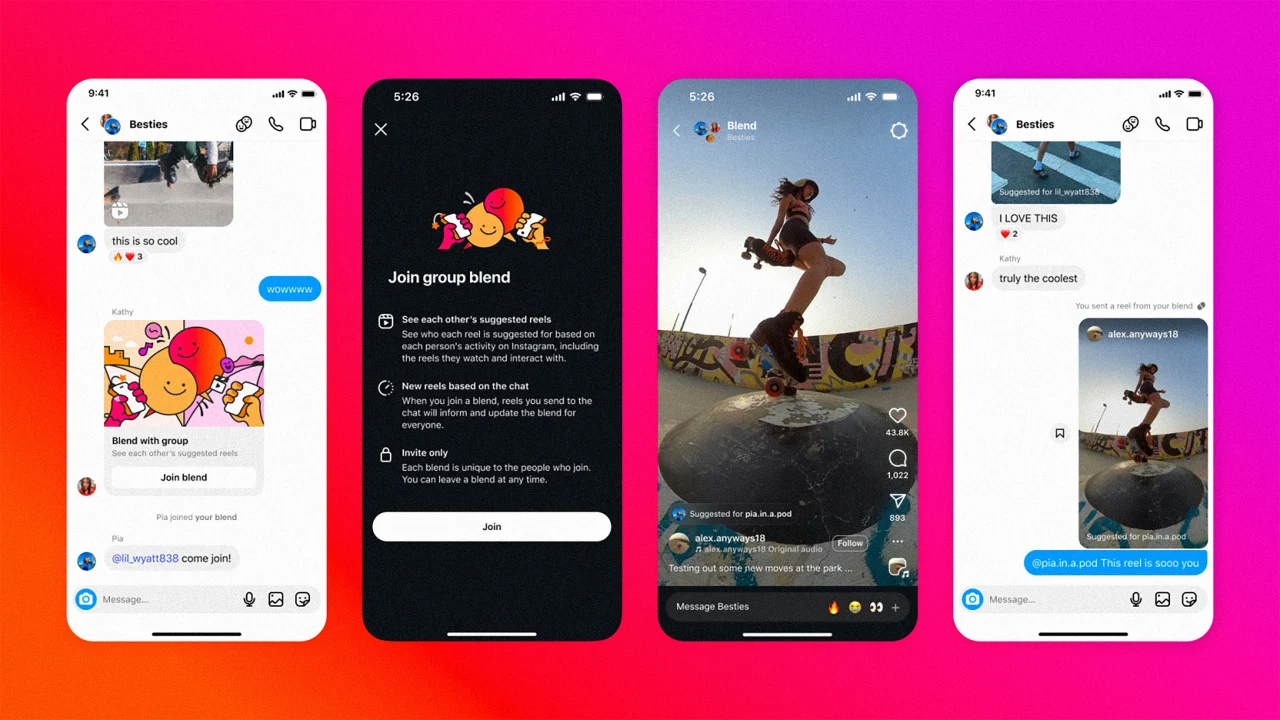AI Doesn’t Just Run Tests—It Predicts Where Your Next Bug Will Be
In the evolving world of software development, Artificial Intelligence (AI) is no longer just a supporting player—it’s becoming a central character. While many organizations have embraced AI to automate repetitive testing tasks, what’s truly groundbreaking is AI’s ability to predict where your next bug might appear, before it causes chaos in production. This isn’t just innovation; it’s a transformation in how we ensure quality software delivery. Beyond Test Automation: AI as a Predictive Analyst Traditional automation tools like Selenium, Cypress, or even AI-powered frameworks like Testim focus on executing predefined tests faster. But they operate reactively—they test what you tell them to test. In contrast, AI in predictive testing is proactive. It leverages data patterns, past bugs, test coverage, code changes, and user behavior to identify potential hotspots in your application. Imagine having a system that tells your QA team: “Based on the recent commits, modules A and C are more likely to fail in the next build.” That’s no longer a fantasy—it’s reality with predictive AI. How AI Predicts Bugs: The Inner Workings So, how does AI make these predictions? Here are the core components: 1. Historical Defect Analysis AI models analyze historical defect data—looking at where bugs have previously occurred, what modules were affected, and what changes triggered them. Over time, the system learns recurring bug patterns and predicts their likelihood in similar contexts. 2. Code Churn & Complexity Metrics The more a piece of code changes (code churn), the more likely it is to have bugs. AI tools analyze commit frequency, code complexity, and the experience of the developer to assign a risk score to modules. 3. Test Case Effectiveness Mapping By evaluating which test cases historically caught critical bugs and which didn’t, AI can suggest which test cases should be prioritized—or even discarded. 4. Natural Language Processing (NLP) on User Feedback AI can scan bug reports, support tickets, app reviews, and internal logs using NLP to detect frequently mentioned issues, and correlate them with product areas, often uncovering latent bugs that aren’t part of the test suite. 5. Anomaly Detection in CI/CD Pipelines Machine learning models continuously analyze CI/CD builds, logs, and test executions to detect anomalies and alert teams to suspicious trends—even when test cases pass. Benefits of AI-Driven Bug Prediction Predictive AI doesn’t just prevent defects—it improves the entire software development lifecycle. Here's how: Focused Testing Efforts By identifying high-risk areas, AI allows QA teams to prioritize testing in areas most prone to bugs, reducing time and resource wastage. Faster Release Cycles With smart test selection and risk-based testing, testing efforts become more efficient, enabling quicker and safer deployments. Improved Code Quality Developers receive real-time feedback on risky changes before pushing them to production, enhancing code quality proactively. Reduced Post-Release Defects By catching bugs early—sometimes even before they’re written—predictive testing leads to a more stable and reliable product post-release. Integrating Predictive AI Into Your QA Workflow You don’t have to replace your existing automation to use predictive AI. Here's how to start: Feed It Data – Begin with your test results, bug history, code commits, and logs. Adopt a Predictive Tool – Platforms like Testim, Launchable, or Test.ai offer predictive capabilities that plug into CI/CD. Analyze & Act – Use the predictions to adjust your test strategy, coverage, and code reviews. Feedback Loop – Continuously feed new test results back into the AI system to improve prediction accuracy. Final Thoughts AI in software testing is no longer just about speed—it’s about smartness. Predictive testing is a leap forward in achieving true quality at speed. Instead of finding bugs after they happen, imagine knowing where they might appear—and preventing them before a single user is impacted. As a leading Automation Testing Company, At Testrig Technologies, we’re leveraging these AI-driven capabilities to empower our clients with smarter, faster, and more reliable software releases. If you're looking to integrate intelligent QA into your development pipeline, our team can help you take the first step toward predictive excellence.
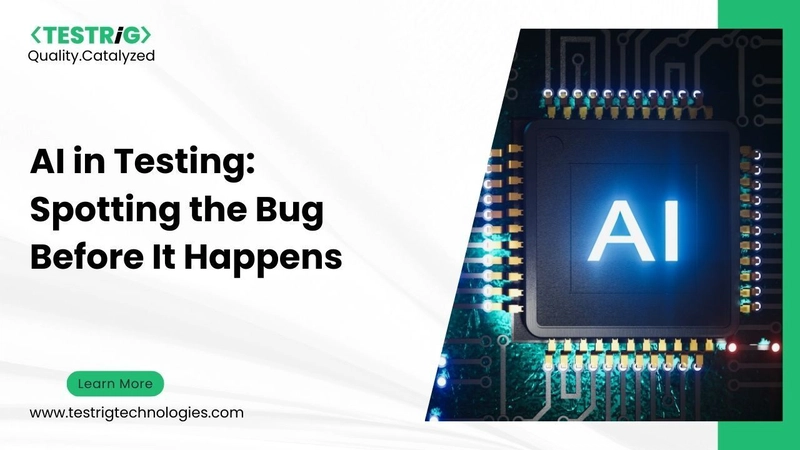
In the evolving world of software development, Artificial Intelligence (AI) is no longer just a supporting player—it’s becoming a central character. While many organizations have embraced AI to automate repetitive testing tasks, what’s truly groundbreaking is AI’s ability to predict where your next bug might appear, before it causes chaos in production.
This isn’t just innovation; it’s a transformation in how we ensure quality software delivery.
Beyond Test Automation: AI as a Predictive Analyst
Traditional automation tools like Selenium, Cypress, or even AI-powered frameworks like Testim focus on executing predefined tests faster. But they operate reactively—they test what you tell them to test. In contrast, AI in predictive testing is proactive. It leverages data patterns, past bugs, test coverage, code changes, and user behavior to identify potential hotspots in your application.
Imagine having a system that tells your QA team: “Based on the recent commits, modules A and C are more likely to fail in the next build.” That’s no longer a fantasy—it’s reality with predictive AI.
How AI Predicts Bugs: The Inner Workings
So, how does AI make these predictions? Here are the core components:
1. Historical Defect Analysis
AI models analyze historical defect data—looking at where bugs have previously occurred, what modules were affected, and what changes triggered them. Over time, the system learns recurring bug patterns and predicts their likelihood in similar contexts.
2. Code Churn & Complexity Metrics
The more a piece of code changes (code churn), the more likely it is to have bugs. AI tools analyze commit frequency, code complexity, and the experience of the developer to assign a risk score to modules.
3. Test Case Effectiveness Mapping
By evaluating which test cases historically caught critical bugs and which didn’t, AI can suggest which test cases should be prioritized—or even discarded.
4. Natural Language Processing (NLP) on User Feedback
AI can scan bug reports, support tickets, app reviews, and internal logs using NLP to detect frequently mentioned issues, and correlate them with product areas, often uncovering latent bugs that aren’t part of the test suite.
5. Anomaly Detection in CI/CD Pipelines
Machine learning models continuously analyze CI/CD builds, logs, and test executions to detect anomalies and alert teams to suspicious trends—even when test cases pass.
Benefits of AI-Driven Bug Prediction
Predictive AI doesn’t just prevent defects—it improves the entire software development lifecycle. Here's how:
Focused Testing Efforts
By identifying high-risk areas, AI allows QA teams to prioritize testing in areas most prone to bugs, reducing time and resource wastage.
Faster Release Cycles
With smart test selection and risk-based testing, testing efforts become more efficient, enabling quicker and safer deployments.
Improved Code Quality
Developers receive real-time feedback on risky changes before pushing them to production, enhancing code quality proactively.
Reduced Post-Release Defects
By catching bugs early—sometimes even before they’re written—predictive testing leads to a more stable and reliable product post-release.
Integrating Predictive AI Into Your QA Workflow
You don’t have to replace your existing automation to use predictive AI. Here's how to start:
Feed It Data – Begin with your test results, bug history, code commits, and logs.
Adopt a Predictive Tool – Platforms like Testim, Launchable, or Test.ai offer predictive capabilities that plug into CI/CD.
Analyze & Act – Use the predictions to adjust your test strategy, coverage, and code reviews.
Feedback Loop – Continuously feed new test results back into the AI system to improve prediction accuracy.
Final Thoughts
AI in software testing is no longer just about speed—it’s about smartness. Predictive testing is a leap forward in achieving true quality at speed. Instead of finding bugs after they happen, imagine knowing where they might appear—and preventing them before a single user is impacted.
As a leading Automation Testing Company, At Testrig Technologies, we’re leveraging these AI-driven capabilities to empower our clients with smarter, faster, and more reliable software releases.
If you're looking to integrate intelligent QA into your development pipeline, our team can help you take the first step toward predictive excellence.











































































































































































![[The AI Show Episode 144]: ChatGPT’s New Memory, Shopify CEO’s Leaked “AI First” Memo, Google Cloud Next Releases, o3 and o4-mini Coming Soon & Llama 4’s Rocky Launch](https://www.marketingaiinstitute.com/hubfs/ep%20144%20cover.png)




















































































































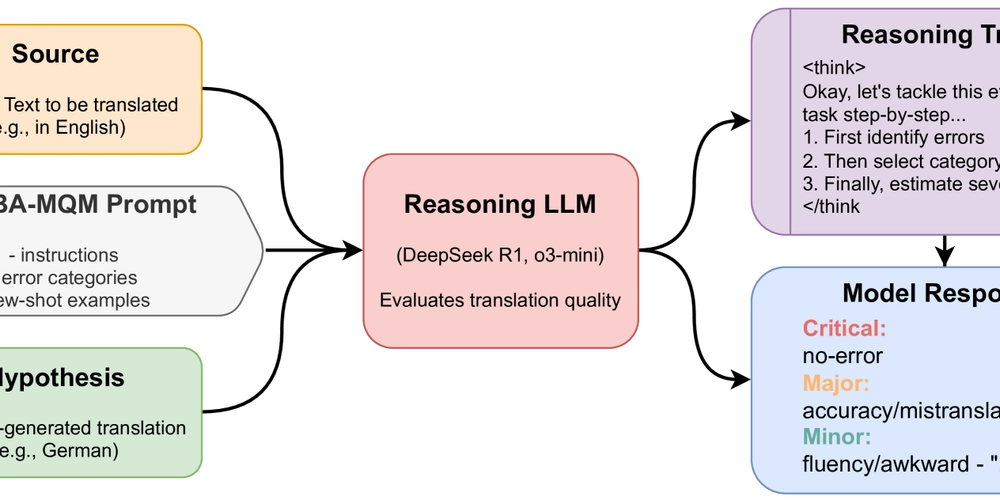





















































































![GrandChase tier list of the best characters available [April 2025]](https://media.pocketgamer.com/artwork/na-33057-1637756796/grandchase-ios-android-3rd-anniversary.jpg?#)










































.png?width=1920&height=1920&fit=bounds&quality=70&format=jpg&auto=webp#)


























.webp?#)











































































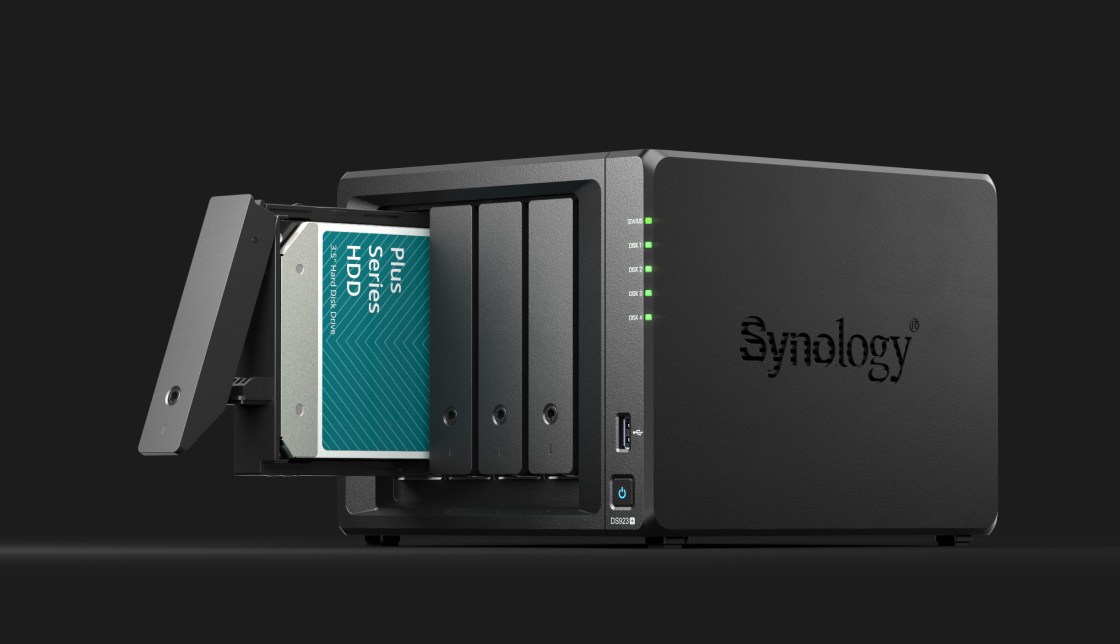







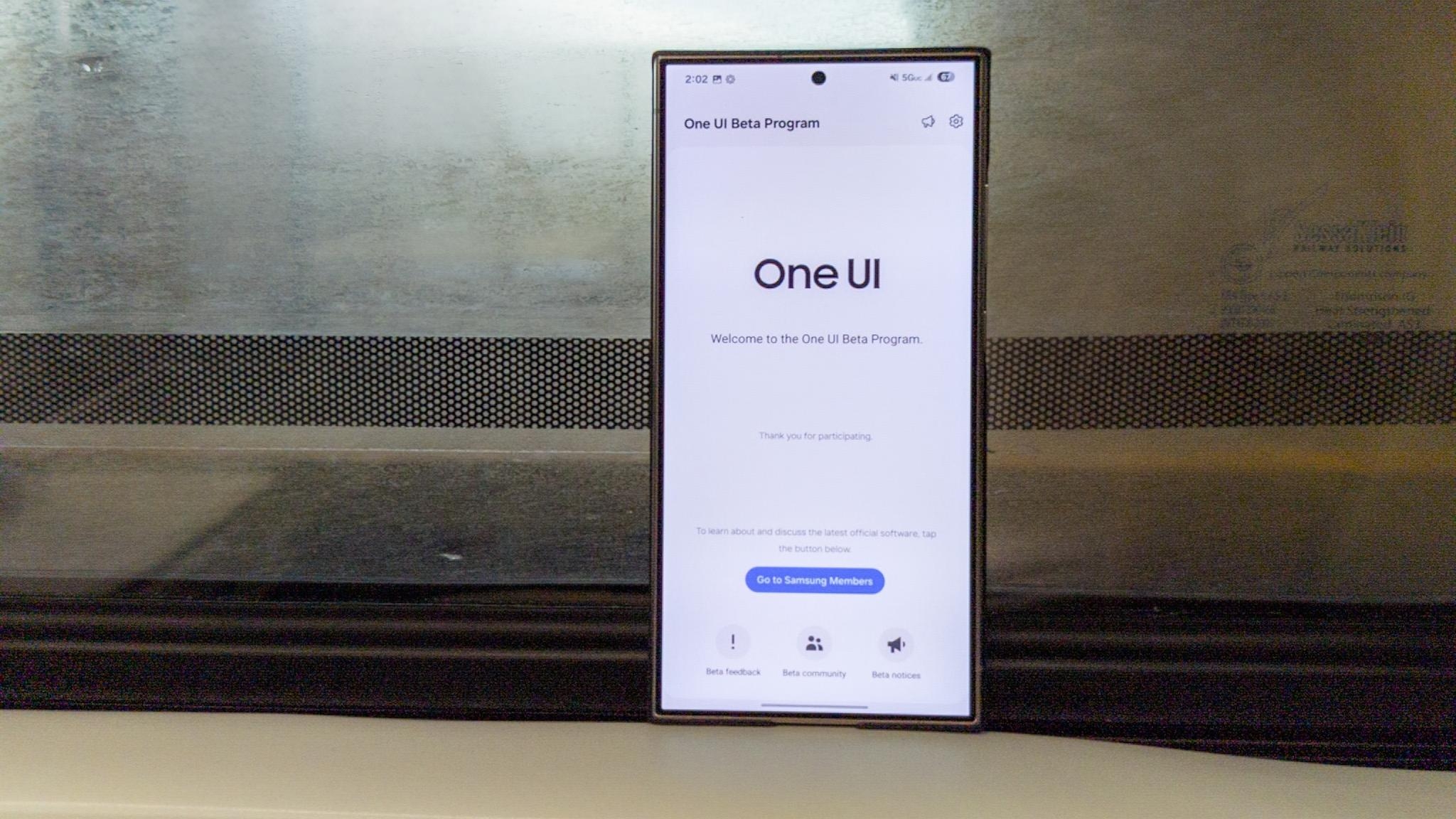











![Foldable e-ink readers are a thing now [Gallery]](https://i0.wp.com/9to5google.com/wp-content/uploads/sites/4/2025/04/mooink-v-foldable-e-ink-1.jpg?resize=1200%2C628&quality=82&strip=all&ssl=1)








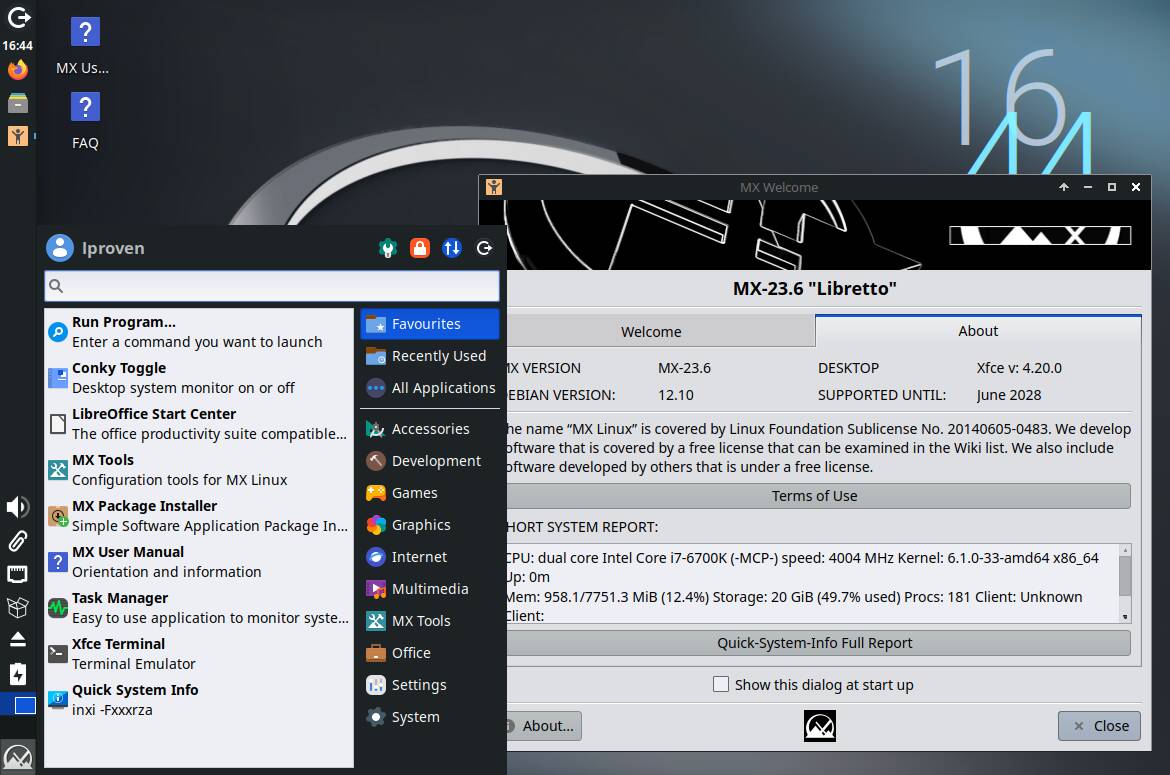

![New Beats USB-C Charging Cables Now Available on Amazon [Video]](https://www.iclarified.com/images/news/97060/97060/97060-640.jpg)

![Apple M4 13-inch iPad Pro On Sale for $200 Off [Deal]](https://www.iclarified.com/images/news/97056/97056/97056-640.jpg)





































































